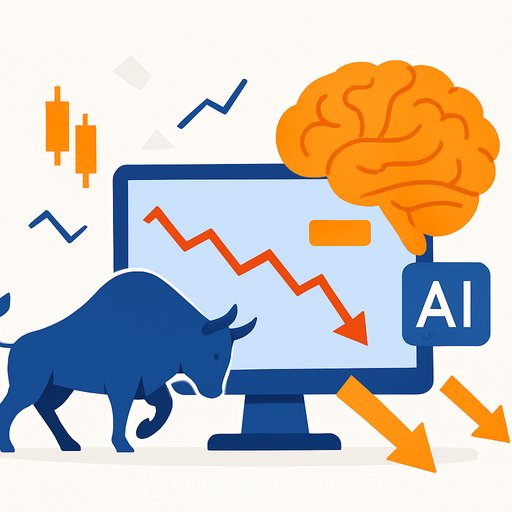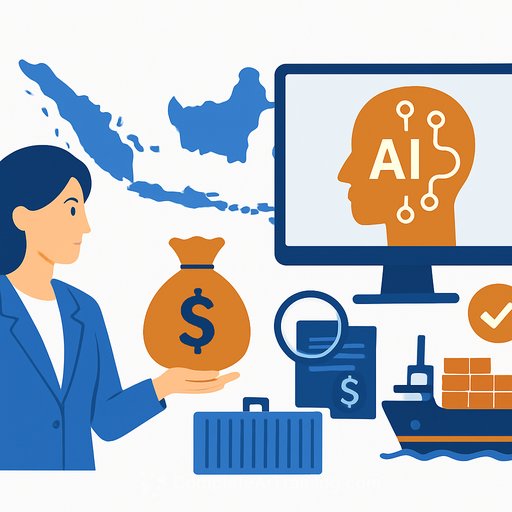HeartFlow's AI Medical Technology Now Public on Nasdaq
HeartFlow, co-founded by NSF-funded researcher Charles Taylor, has become a publicly traded company, offering an AI-powered solution for diagnosing coronary artery disease (CAD) through advanced medical imaging.
CAD remains a leading cause of death in the U.S., with one heart attack occurring every 40 seconds and accounting for one in five deaths. The disease involves plaque buildup in coronary arteries, which restricts blood flow to the heart. Many living with CAD show no symptoms or have unrecognized signs, making early detection critical.
From NSF-Funded Research to Medical Innovation
In the early 2000s, Charles Taylor and his team received approximately $3.7 million in funding from the National Science Foundation to develop computational methods for simulating blood flow in the cardiovascular system using medical imaging data. This research laid the groundwork for HeartFlow's technology.
Founded in 2007 as Cardiovascular Simulation and renamed HeartFlow in 2010, the company launched its first product, Fractional Flow Reserve derived from Computed Tomography (FFRCT), in 2014. This FDA-cleared, noninvasive test uses standard coronary CT angiography (CCTA) images to create a 3D model of a patient's heart, simulating blood flow and identifying arterial blockages that could lead to heart attacks.
Advancing Technology with AI and Cloud Infrastructure
In 2018, HeartFlow introduced the second generation of FFRCT with a cloud-based platform that improved data transfer speed and security. This upgrade also integrated machine learning to refine the technology continuously using clinical data from a global network of healthcare providers.
That same year, a new NSF grant supported the development of a patient-specific prototype to detect vulnerable plaques—lipid-rich artery wall deposits that can rupture and cause blood clots. These plaques are estimated to be responsible for about two-thirds of heart attacks.
An AI-Powered Suite for Comprehensive CAD Assessment
By 2021, HeartFlow released the third generation of FFRCT and two additional AI-driven products: Plaque Analysis and Roadmap Analysis. Together, these FDA-approved tools provide a detailed assessment of coronary artery disease from a single CCTA scan:
- Roadmap Analysis visualizes and quantifies arterial narrowings (stenoses).
- FFRCT Analysis simulates blood flow to evaluate the functional impact of stenoses.
- Plaque Analysis assesses plaque type and volume within arteries.
This integrated platform offers improved risk scoring to identify patients at risk of heart attack, including those without symptoms.
HeartFlow's Role in Transforming Cardiovascular Care
Today, HeartFlow is a leading digital healthcare company with products used in over 1,500 U.S. hospitals, diagnosing heart disease in more than 400,000 patients. The company was recognized among Fast Company's Most Innovative Companies in Medical Devices for 2025 and received the Innovation in Cardiac Imaging award at the 2025 Global Cardiovascular Awards.
Charles Taylor was elected to the National Academy of Engineering in 2024 for his work in predictive, simulation-based medicine, which is the foundation for HeartFlow's AI technologies. These tools equip clinicians with better methods to diagnose CAD early and help patients manage their heart health effectively.
Reflecting on the impact of initial NSF funding, Taylor highlighted that it enabled his team to solve key scientific challenges in modeling patient-specific blood flow from imaging data. Since then, HeartFlow has raised over $1.2 billion in capital, underscoring the value and demand for AI-driven cardiovascular diagnostics.
For professionals interested in AI applications in healthcare and finance, exploring advanced AI courses can provide valuable insights into emerging technologies shaping medical diagnostics. Visit Complete AI Training's latest AI courses to learn more.
Your membership also unlocks:










